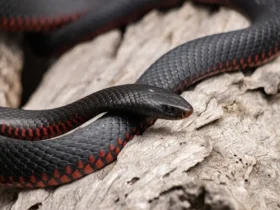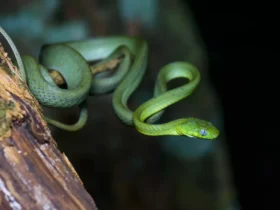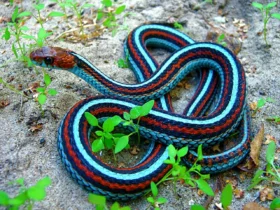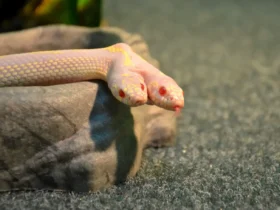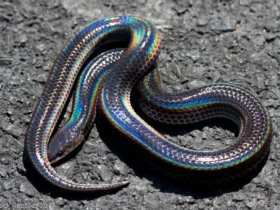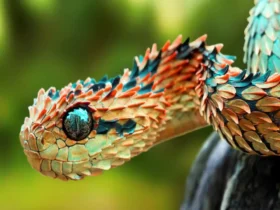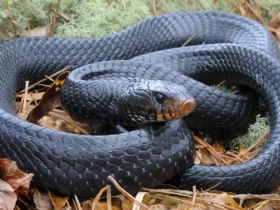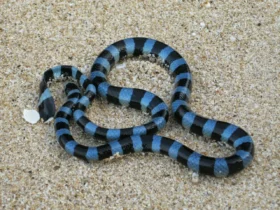The world is home to a plethora of remarkable creatures, and among them, the Many-Banded Krait (Bungarus multicinctus) stands out as a truly captivating and enigmatic serpent. With its distinctive banded pattern and potent venom, this species has intrigued scientists and snake enthusiasts alike. In this article, we will delve into the fascinating characteristics and captivating nature of the Many-Banded Krait, shedding light on its appearance, behavior, and unique adaptations.
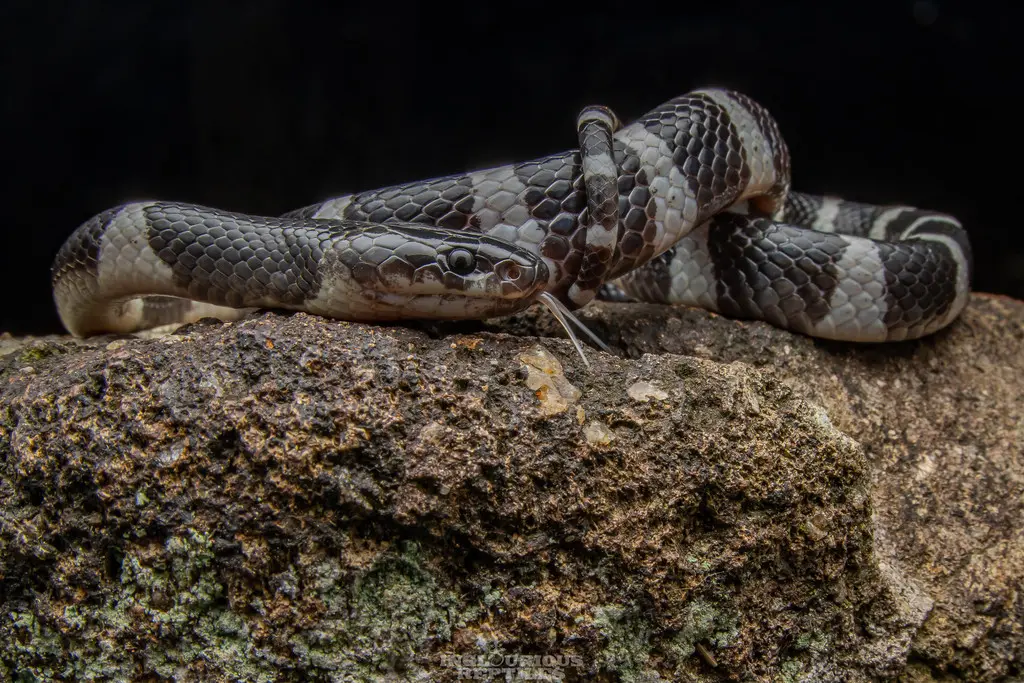
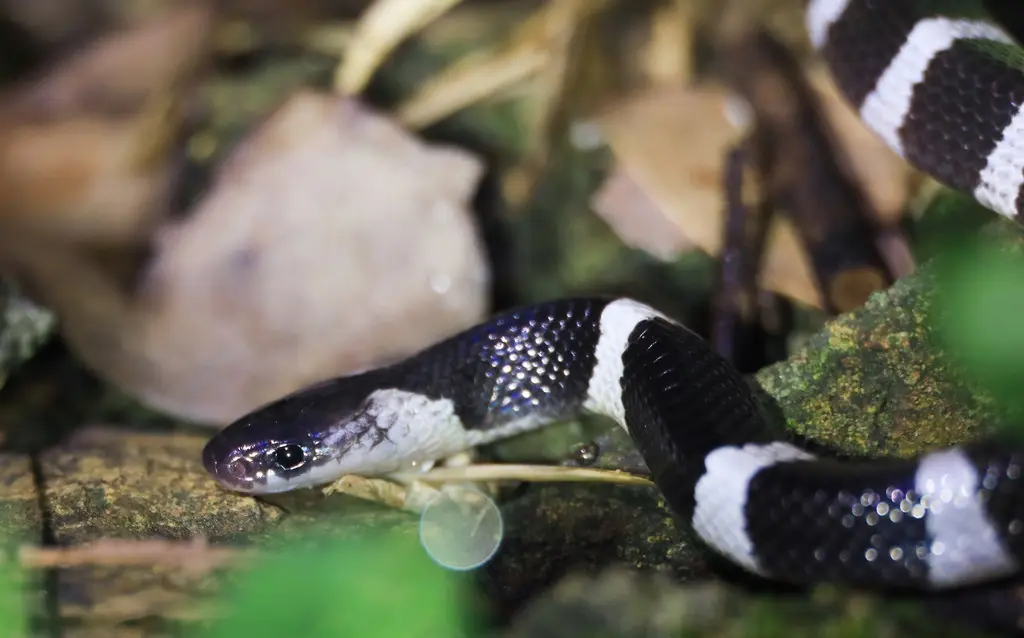
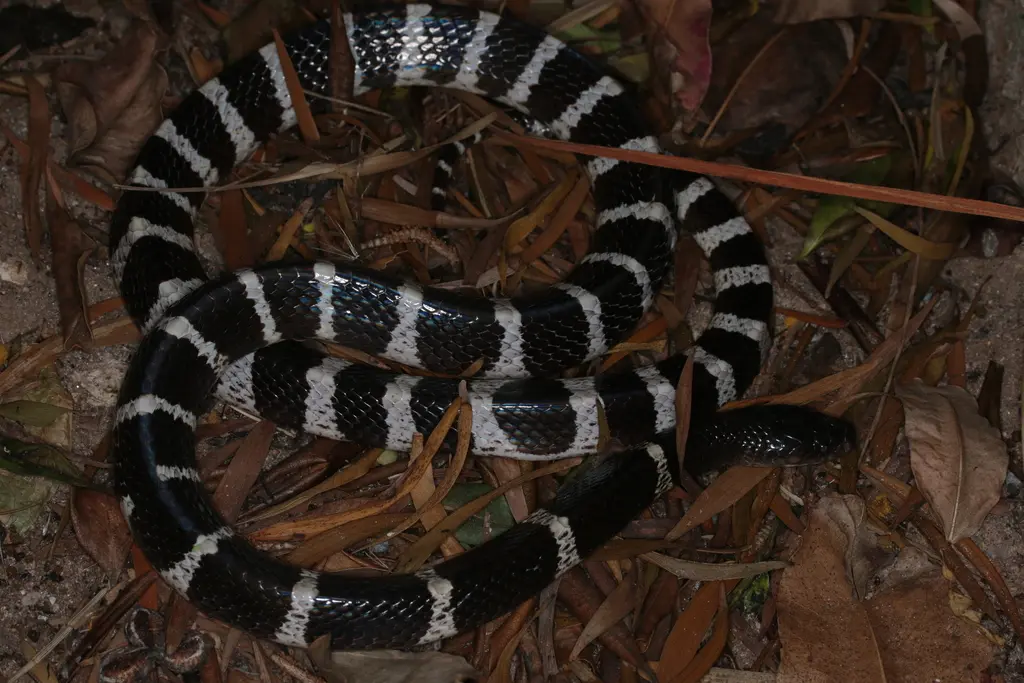
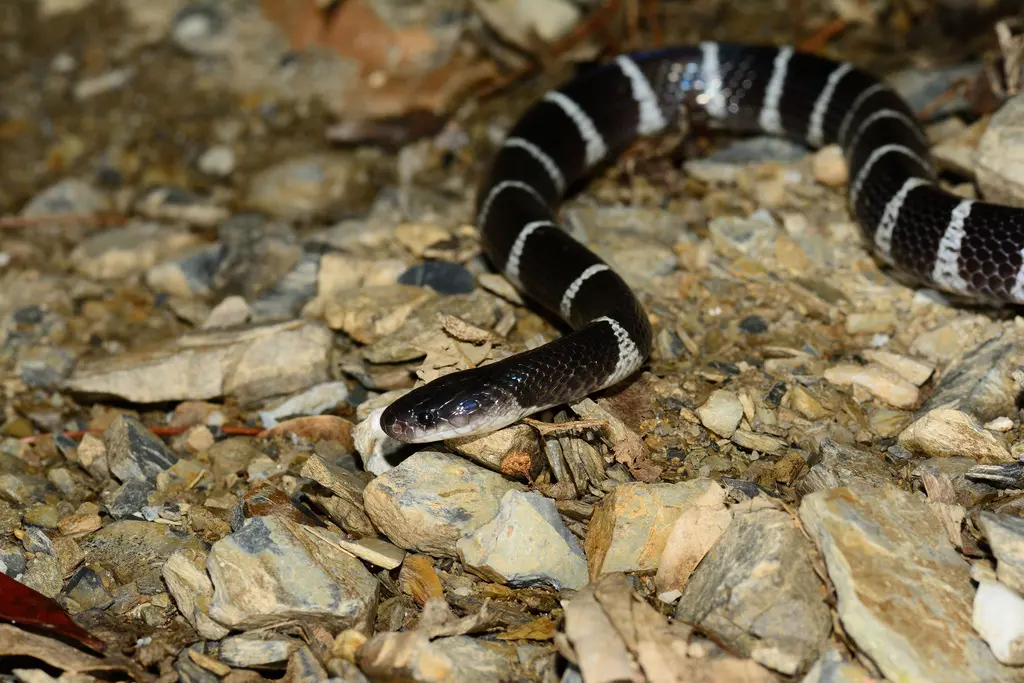
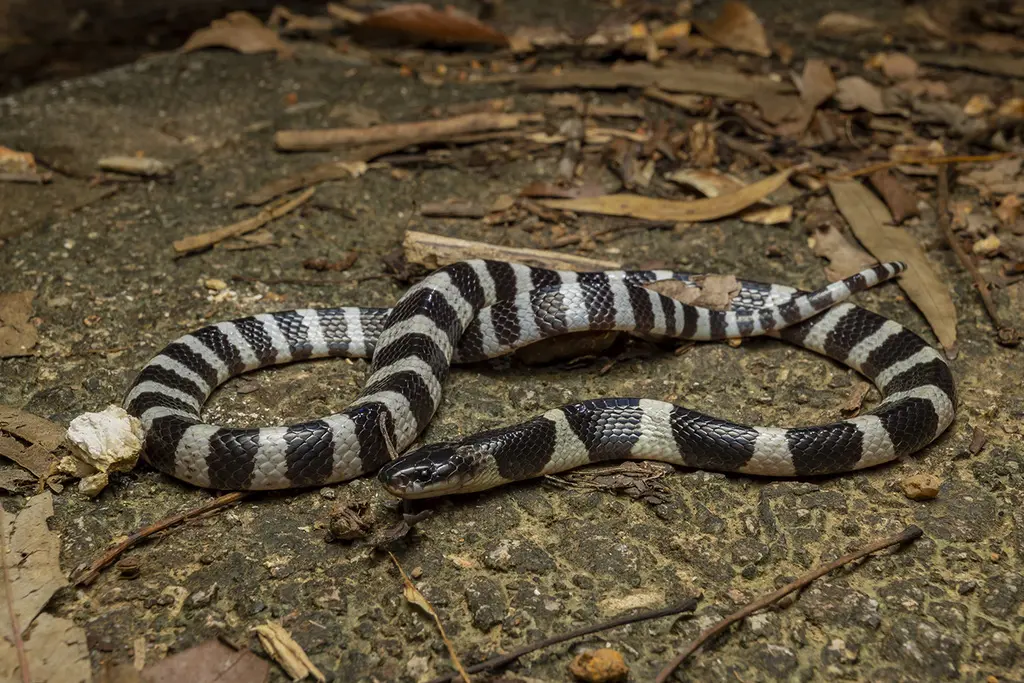
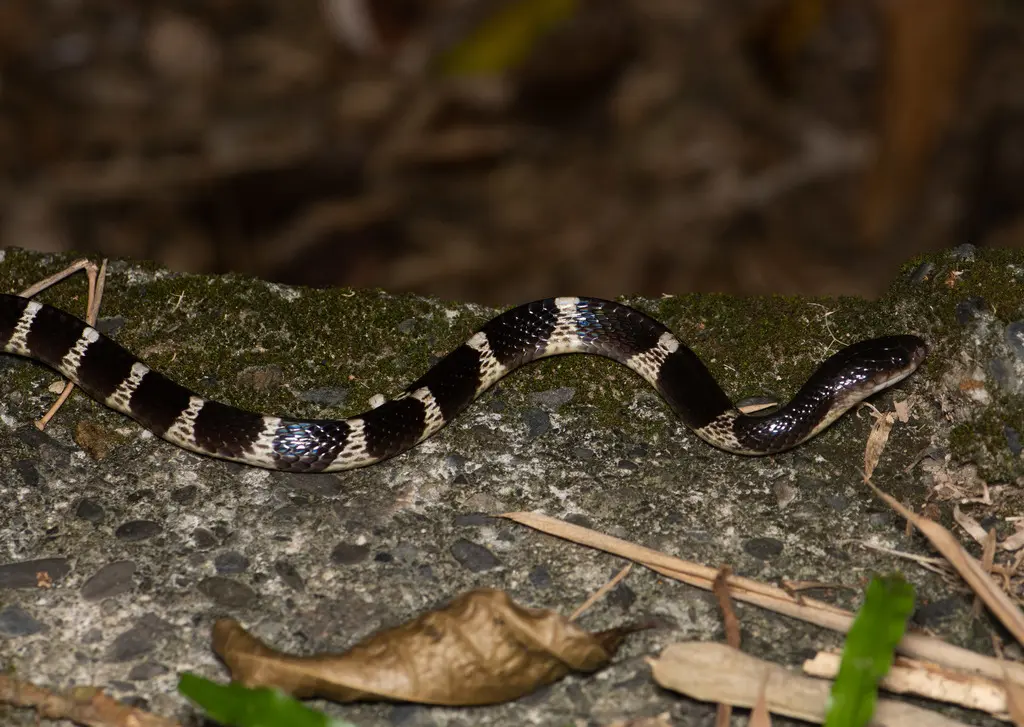
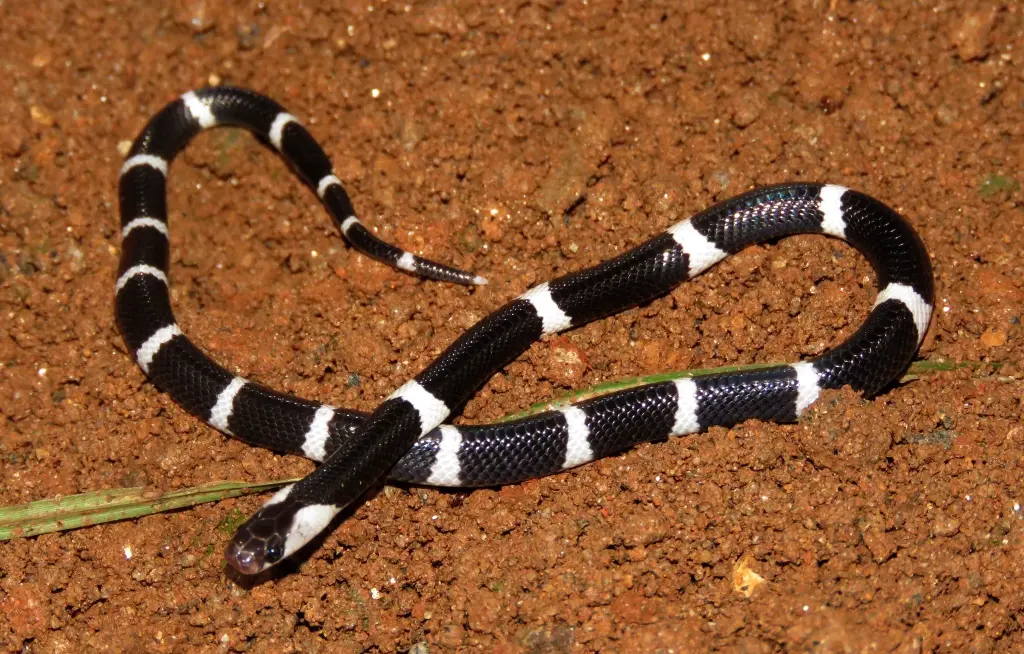
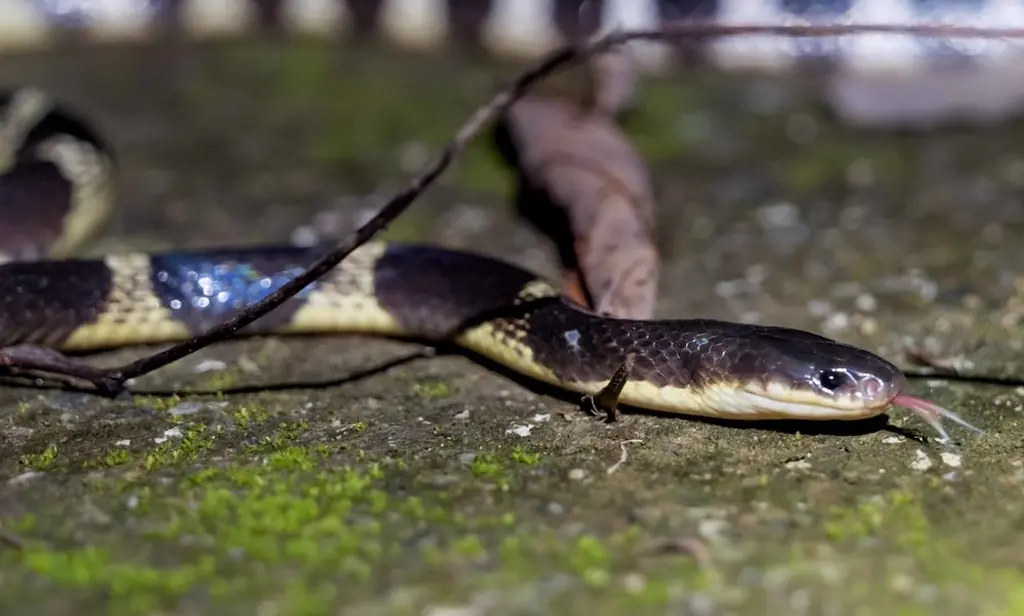
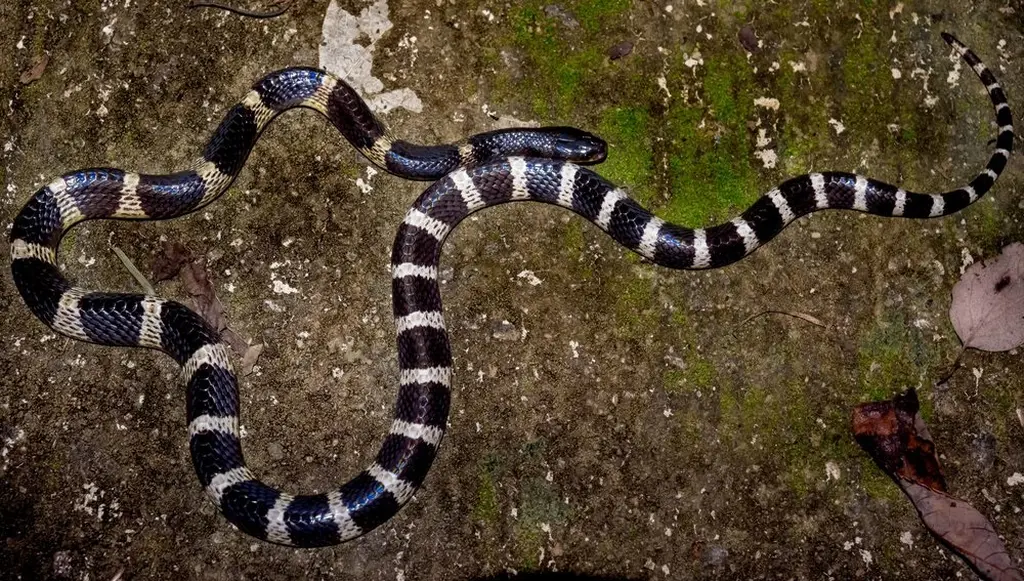
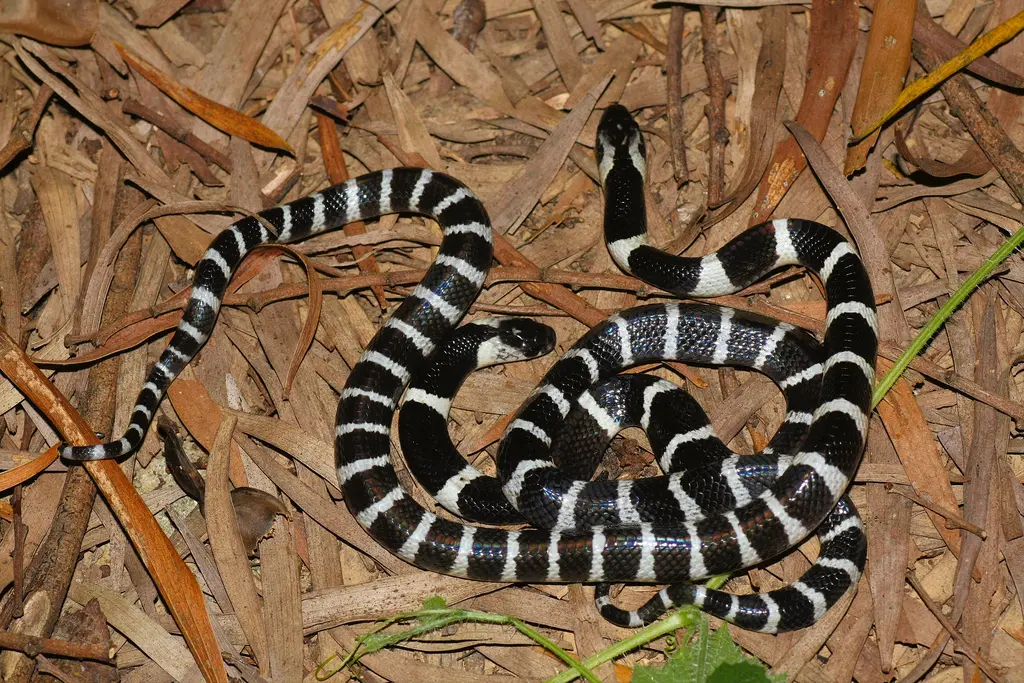
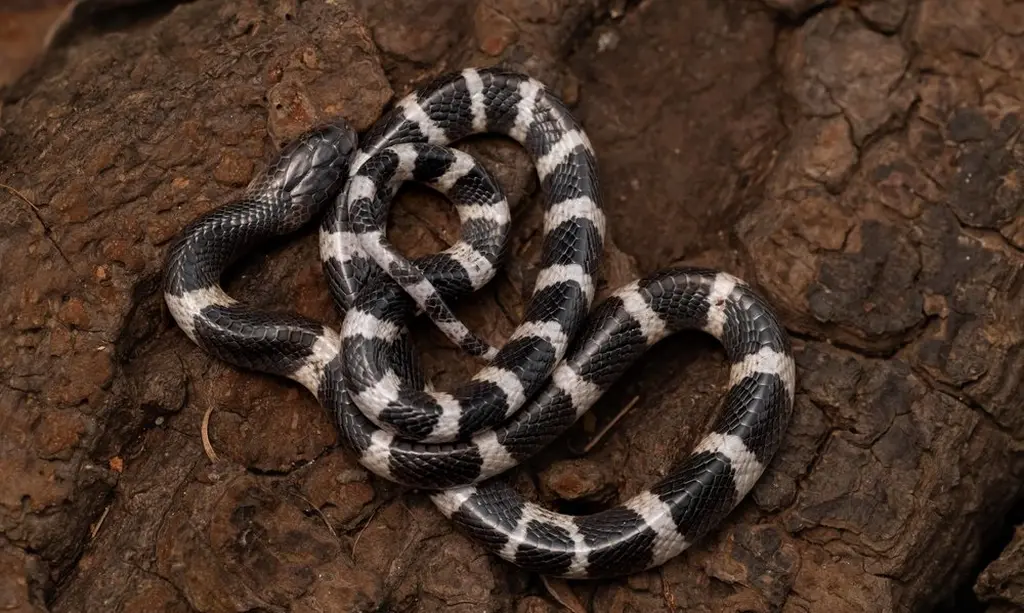
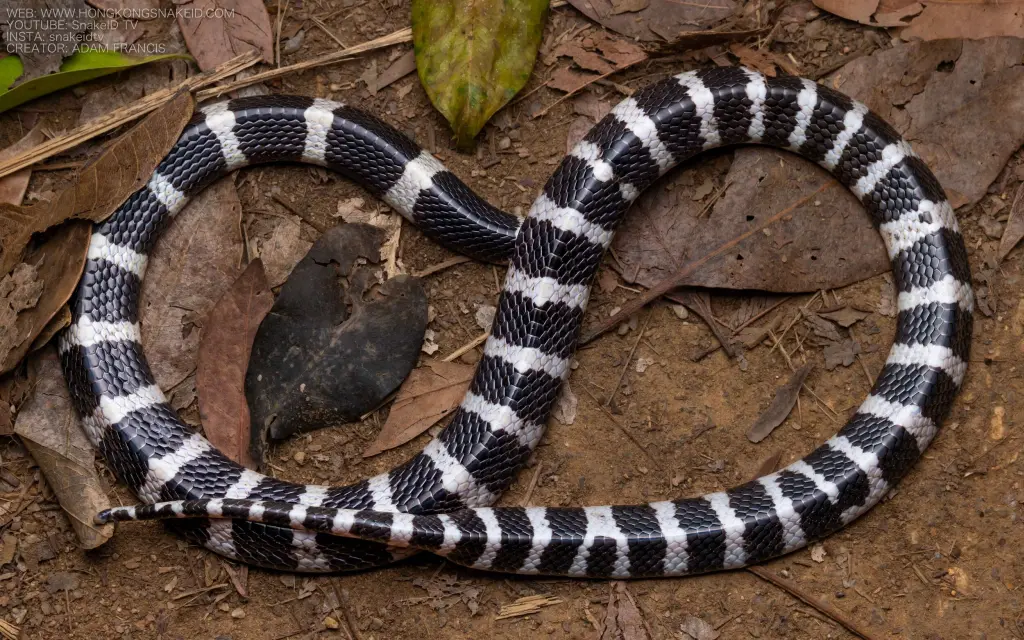

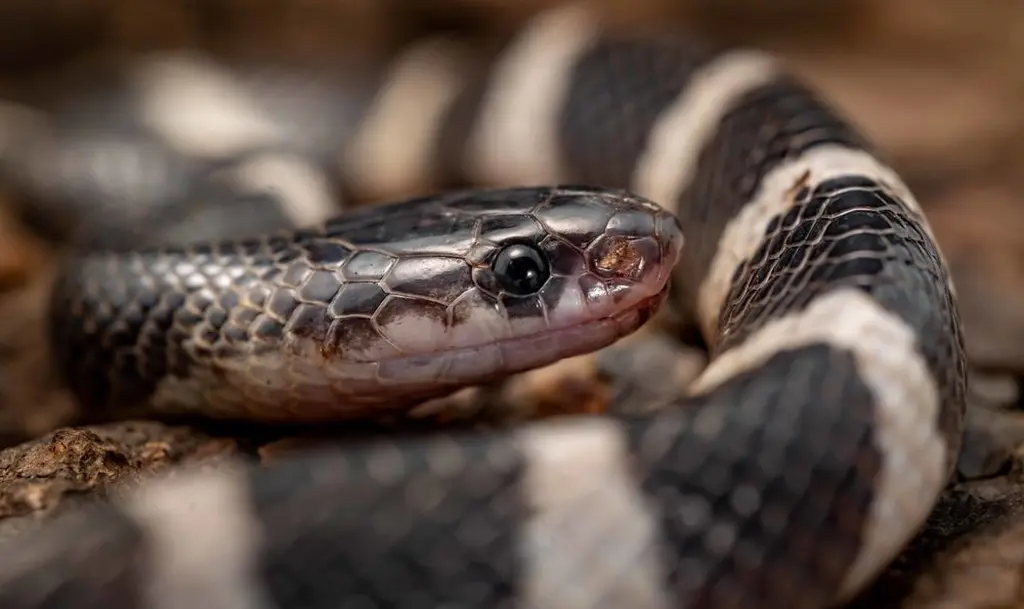

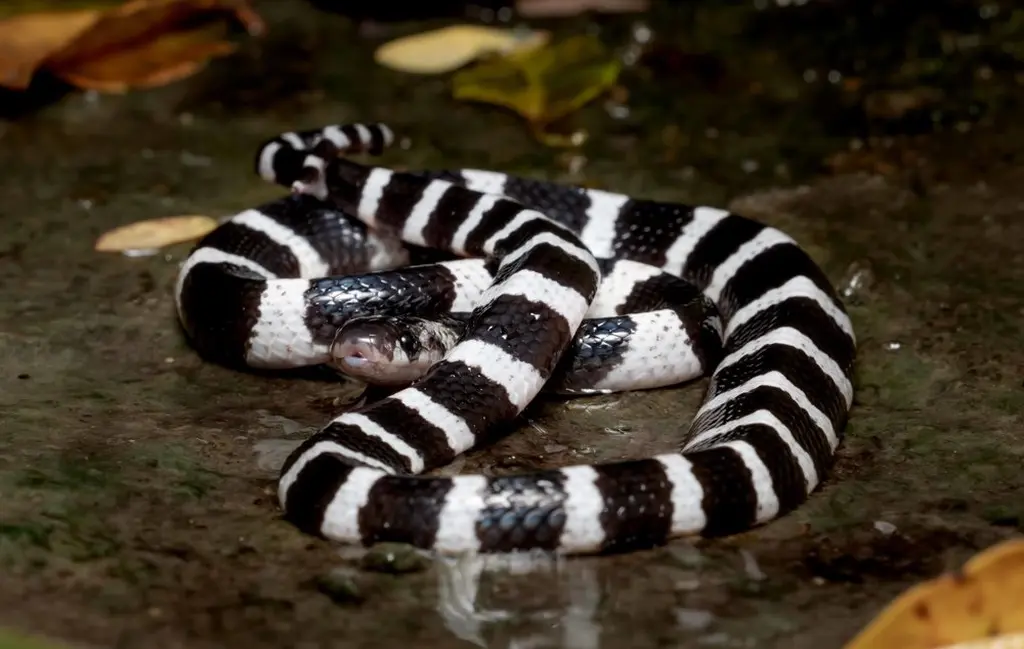
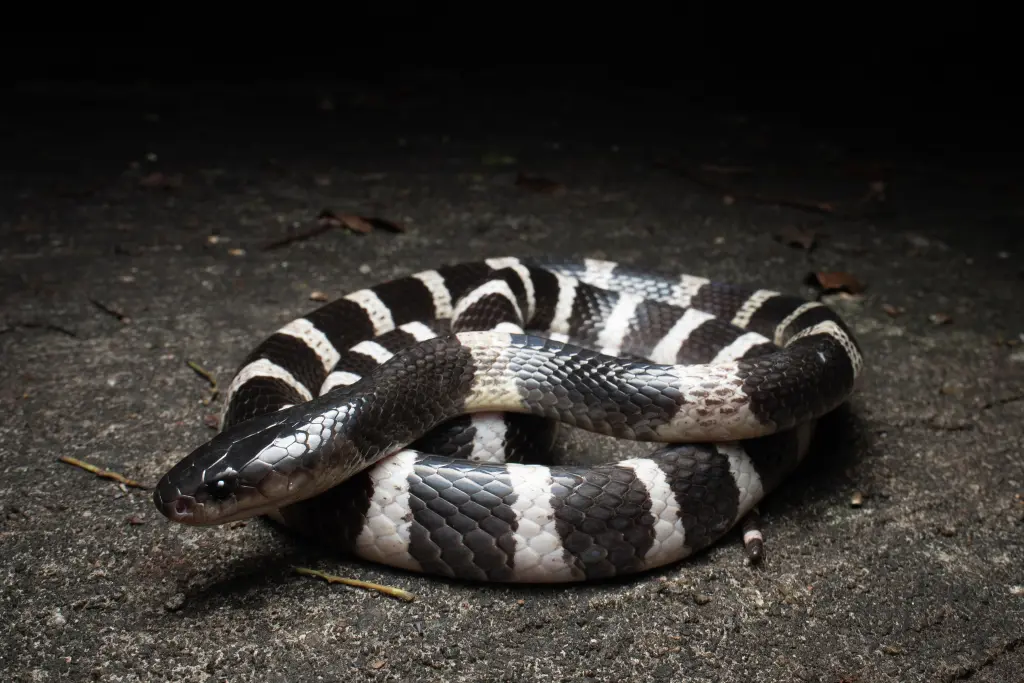
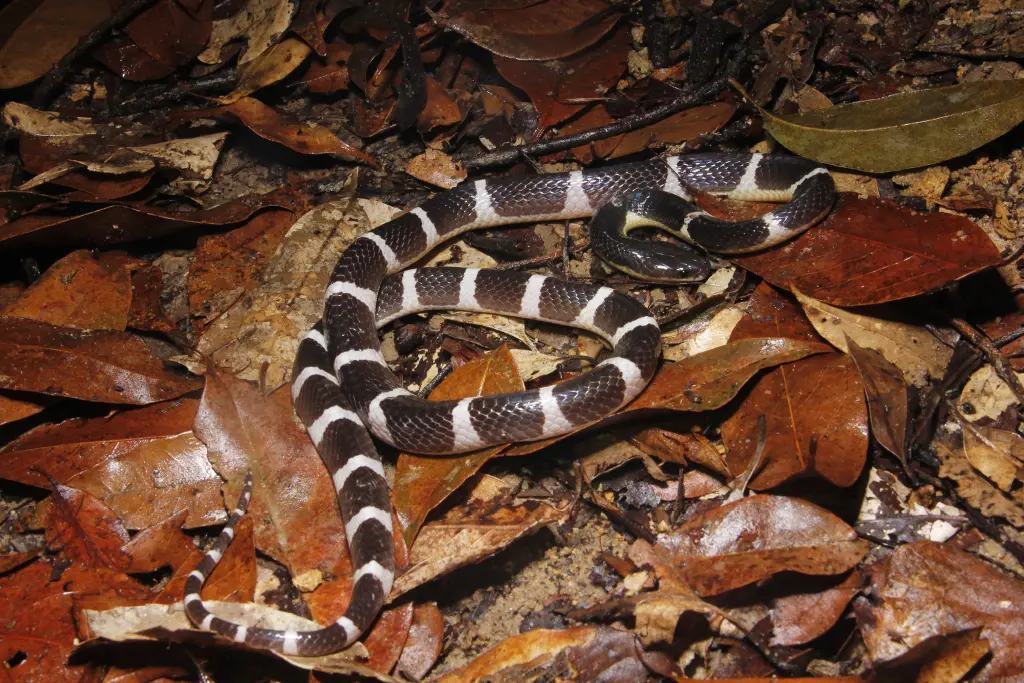
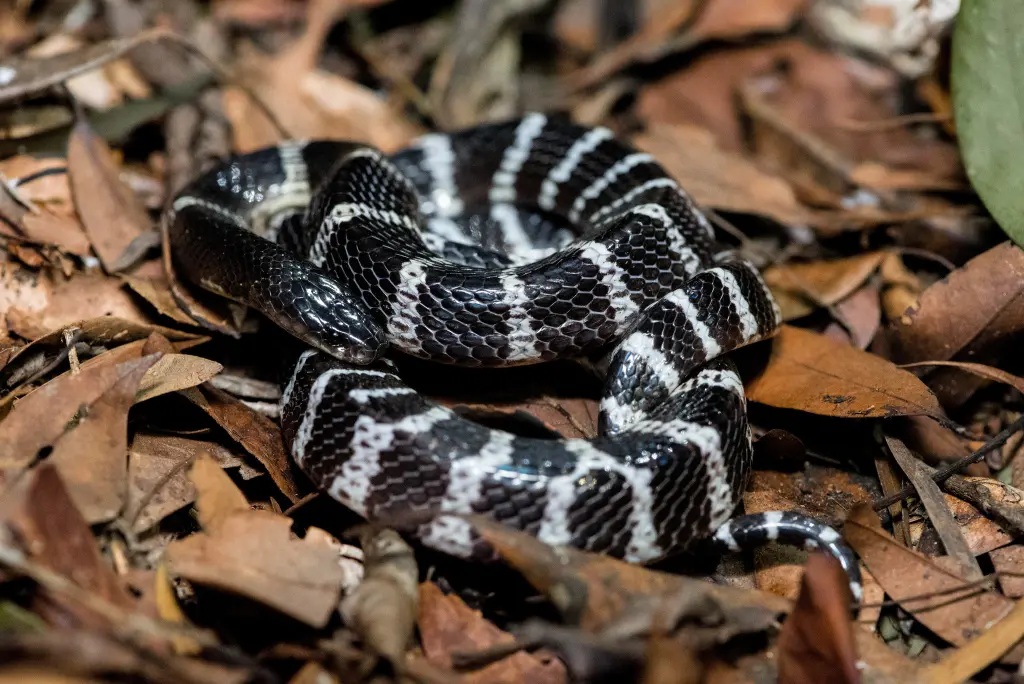
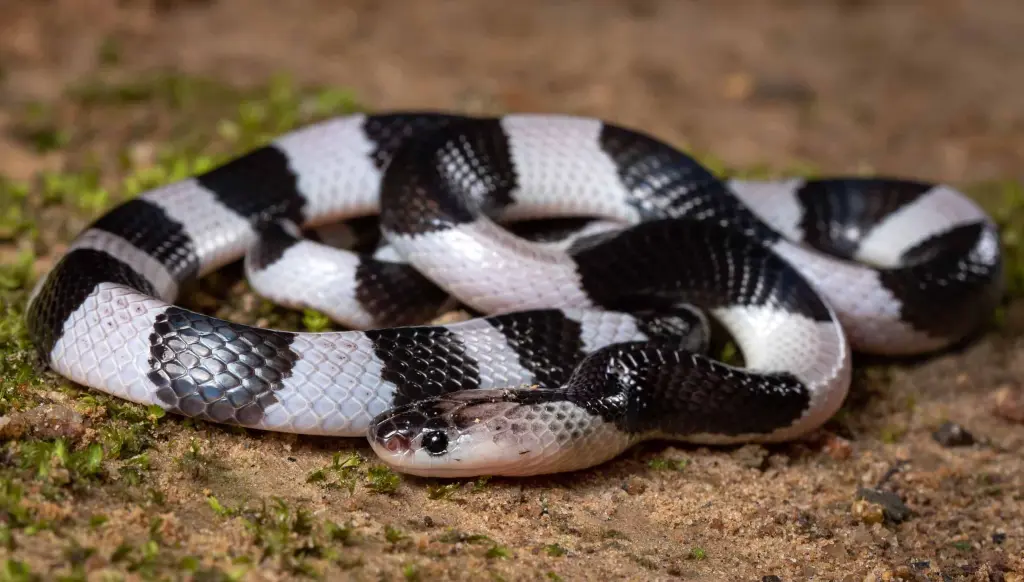
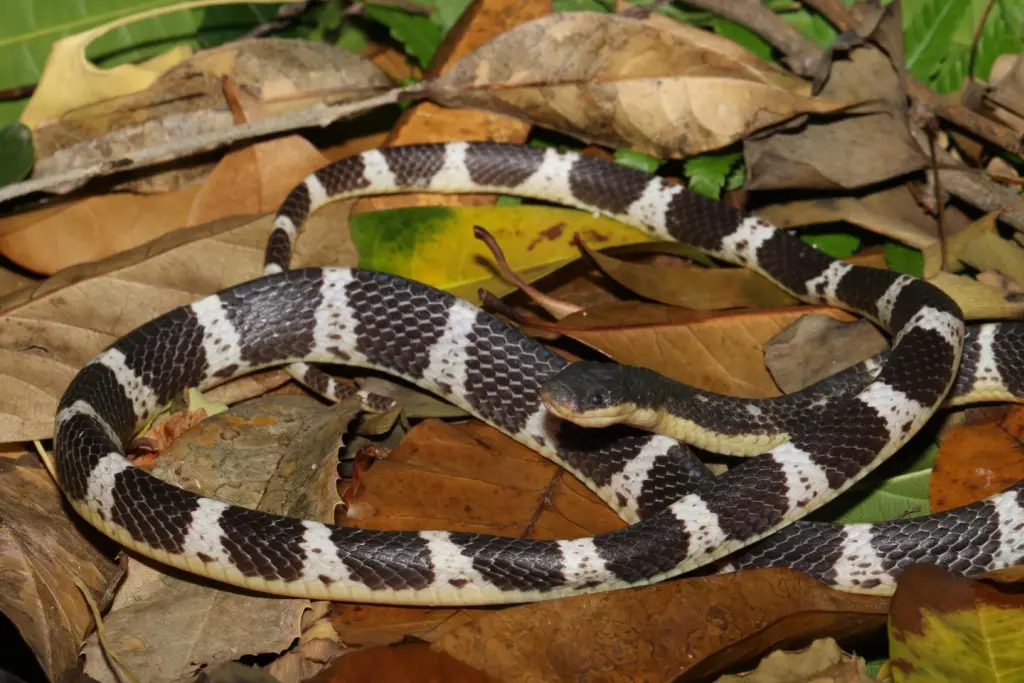
Appearance and Distribution
The Many-Banded Krait is a venomous snake renowned for its striking appearance. Its sleek body is covered in bold bands of black and white, which alternate across its length, creating a visually arresting pattern. The average length of an adult Many-Banded Krait ranges between 1.2 to 1.5 meters, with females often growing larger than males. These serpents are primarily found in Southeast Asia, including countries like Thailand, Vietnam, Cambodia, and southern China.
Nocturnal Hunters
Many-Banded Kraits are predominantly nocturnal creatures, spending their days hidden away in crevices, burrows, or other concealed locations. As the sun sets and darkness prevails, they awaken to embark on their hunting expeditions. These stealthy serpents possess excellent eyesight, allowing them to effectively navigate in low-light conditions. Moreover, they have a keen sense of smell and specialized sensory pits on their heads, which aid them in detecting prey.
Diet and Predatory Techniques
Feeding primarily on other snakes, including small vipers and even their own kind, Many-Banded Kraits have earned a reputation as formidable predators. Their venomous bite immobilizes their prey, making it easier for them to devour their catch. Interestingly, the Many-Banded Krait possesses a unique feeding technique. Instead of immediately swallowing their prey, they employ constriction, a behavior typically associated with non-venomous snakes. This distinctive strategy allows them to overpower and subdue their quarry before consuming it.
Remarkable Adaptations
Beyond their venomous bite and remarkable feeding behavior, the Many-Banded Krait exhibits several other intriguing adaptations. One such adaptation is its ability to flatten its neck when threatened, mimicking the appearance of a cobra. This deceptive tactic serves as a warning to potential predators, deterring them from engaging in a confrontation. Additionally, these serpents possess venom glands capable of producing potent neurotoxins, making their bite exceptionally dangerous.
Medical Significance
While the venom of the Many-Banded Krait is a cause for concern, it has also proven invaluable in medical research. Components of the krait’s venom have been studied and utilized in developing medications for various ailments. Certain compounds found in their venom exhibit promising potential in the treatment of neurological disorders and pain management. By studying the venom and understanding its properties, researchers have made significant strides in advancing medical science.
Final Thought
The Many-Banded Krait is a captivating snake that continues to enthrall both researchers and admirers of the natural world. Its distinctive appearance, nocturnal hunting habits, and remarkable adaptations make it an intriguing species worthy of study and admiration. As we uncover more about the Many-Banded Krait, we gain a deeper understanding of the intricacies of the animal kingdom and the wonders that lie within it.
